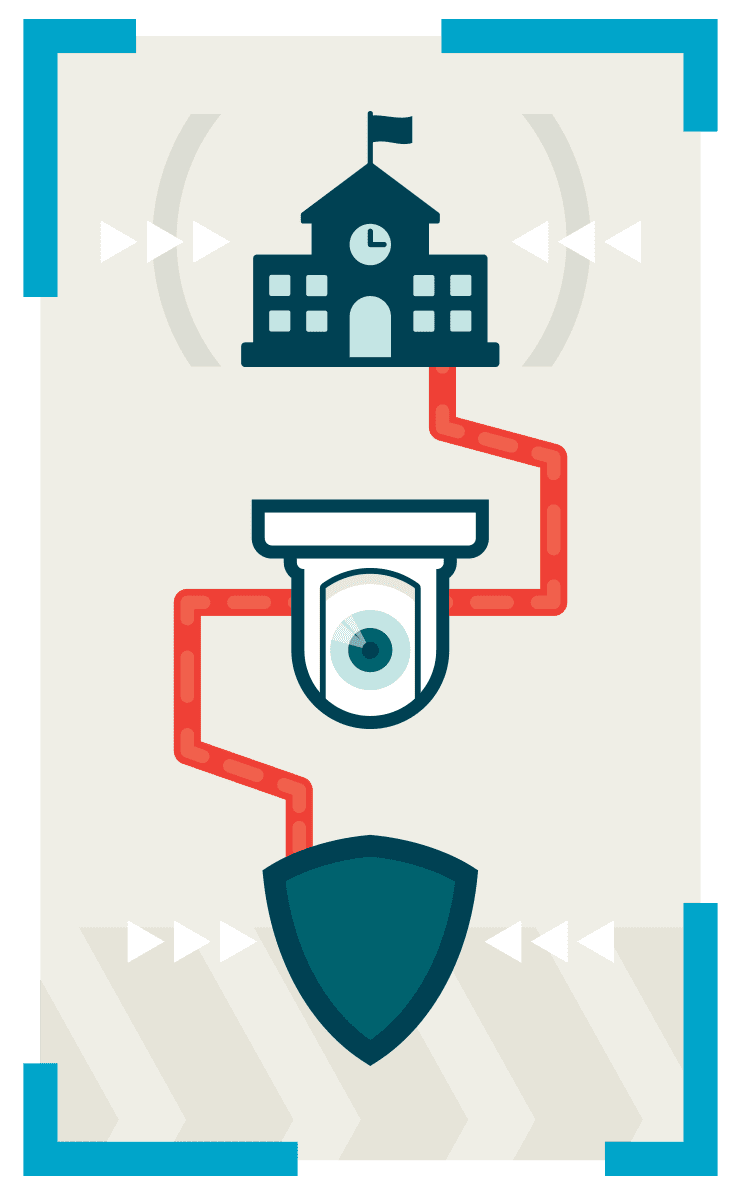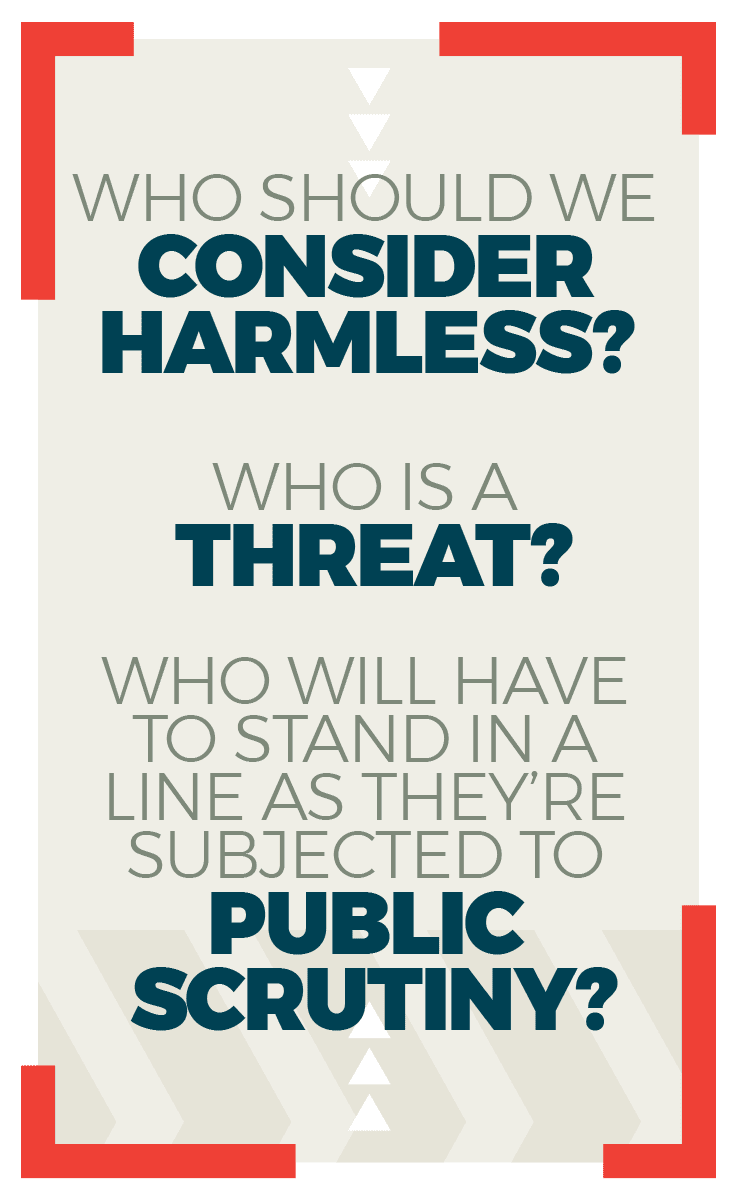As the COVID-19 crisis continues to dominate our world, protecting against mass or individual shootings may no longer be an organization’s highest profile priority. Unfortunately, changing headlines don’t mean the risks of a potentially catastrophic shooting situation have diminished.
In fact, today’s climate is likely increasing the risk of shootings, yet preventative resources are decreasing. Further, there’s increasing understanding, evidence, and appreciation that historical approaches to address this risk are having unintended human and social consequences. Armed guards, high-profile metal detectors, and active shooter drills are all now common approaches.
While it’s hard to measure how effective these efforts are in stopping shootings, there’s evidence to suggest that some of the more obtrusive precautions, while potentially life-saving, come with their own trade-offs that impact the very people they were meant to protect. The combined impacts of Covid, social unrest, and economic volatility are hastening the need to re-evaluate.
In this blog, we’ll explore what schools across the country are doing to prevent violence, the effectiveness of those solutions, and alternatives to consider.




